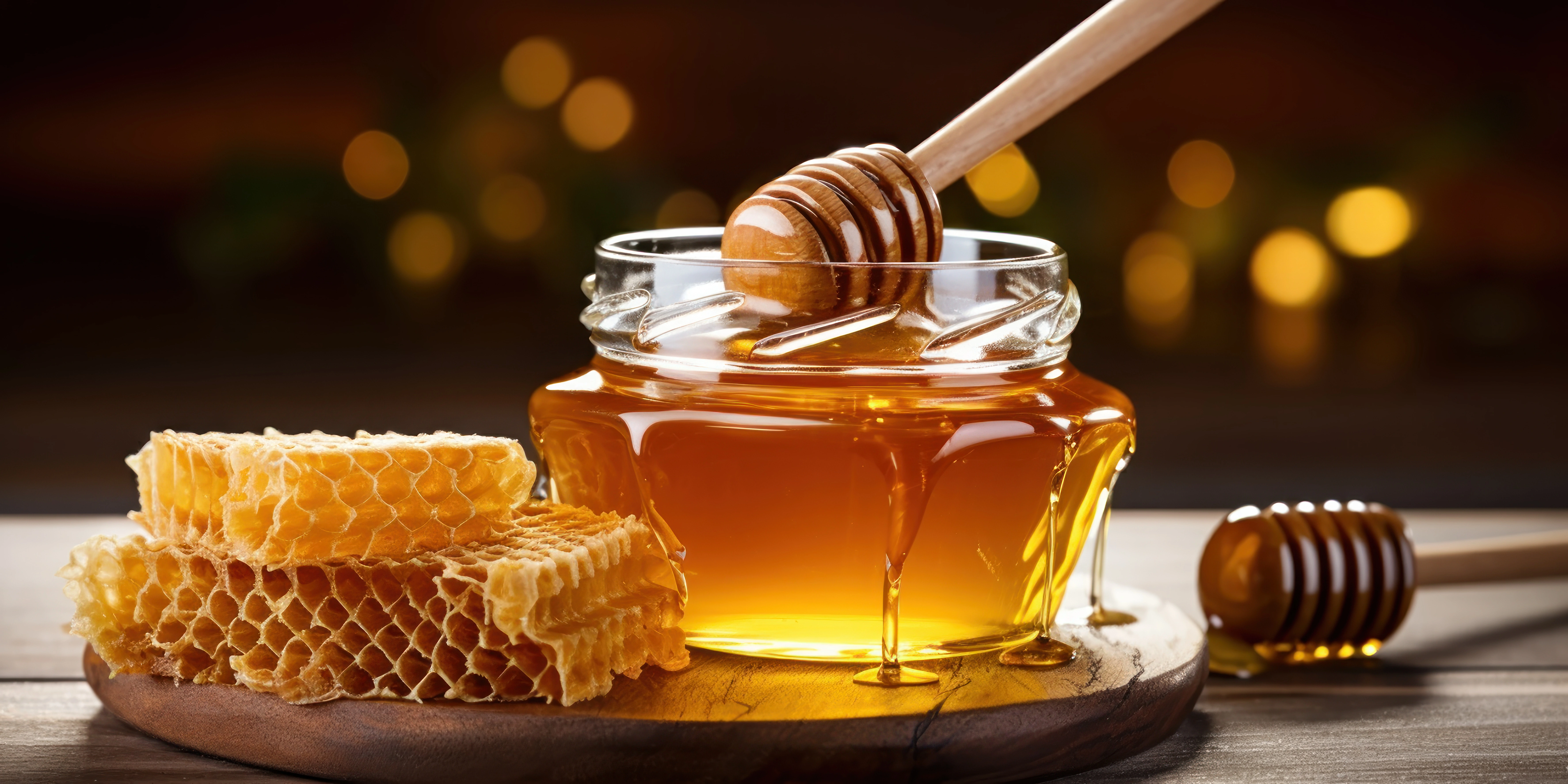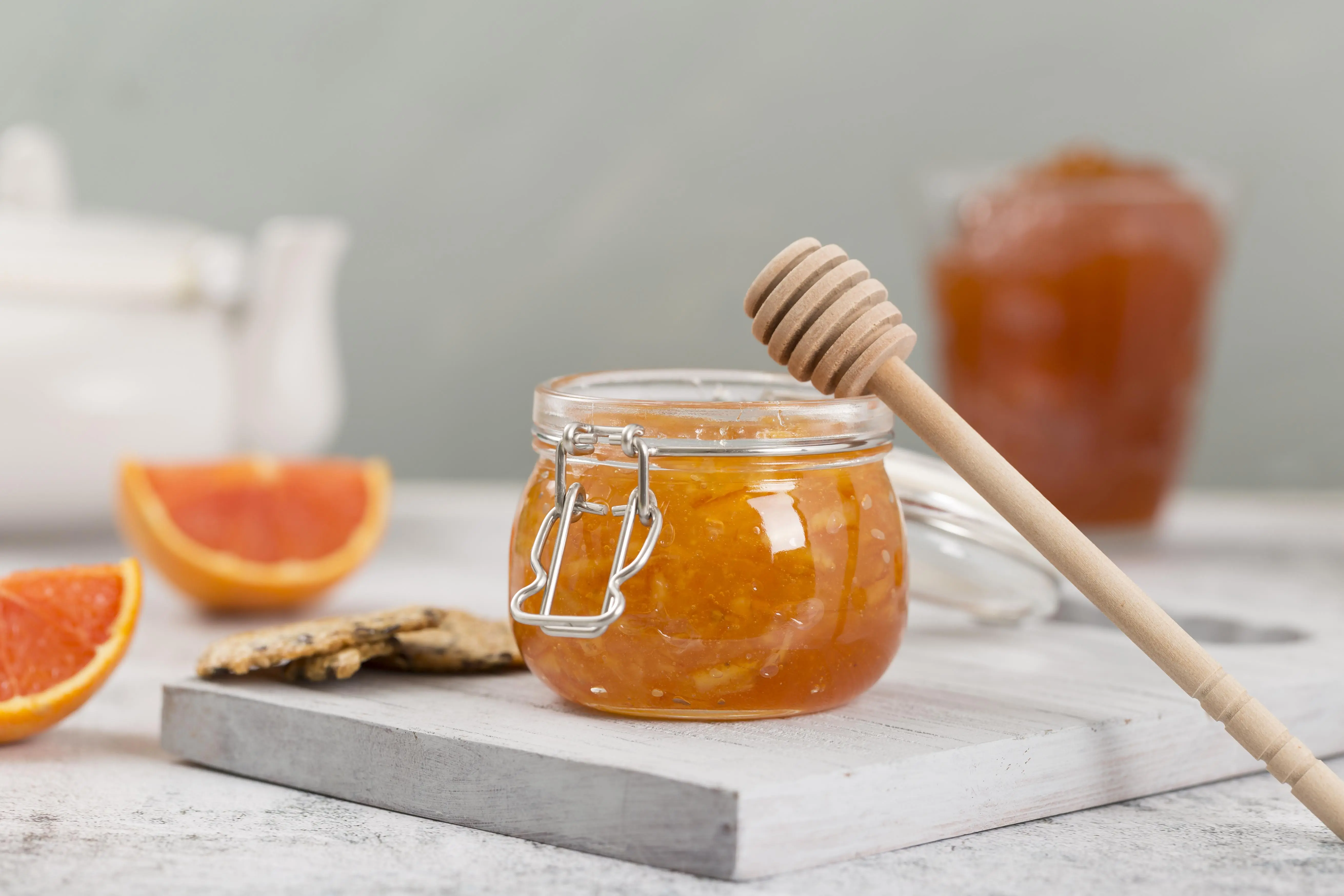Free shipping on orders over 150$+ before taxes, use promo code: printemps25
How to Choose Good Honey ?

Honey is a natural food with numerous health benefits. But with such a wide variety of honey types available, how can you know which is the best for you? From acacia honey, thyme honey, to lavender honey, each variety has unique characteristics. In this guide, discover the key criteria to help you choose the best honey, considering bees, beekeepers, and the harvesting process.
Criteria for Choosing Good Honey
Choosing good honey requires considering several elements, from origin to texture.
The Origin and Harvesting of Honey
The quality of honey largely depends on the work of bees and beekeepers. Honey from organic beekeeping will be free of pesticides and will respect the natural cycles of the bees. Beehive products like royal jelly, propolis, or even honeycomb honey, are also indicators of respectful production.
The Types of Flowers Pollinated by Bees
The type of honey varies depending on the nectars collected by the bees. For example, acacia honey is known for its mild taste and ability to stay liquid longer, while chestnut honey and thyme honey are recognized for their strong flavors and antiseptic properties. Honeys made from flowers such as lime, lavender, or wildflowers each have specific characteristics to consider.
Honey’s Texture and Crystallization
Crystallization is a natural phenomenon that proves the purity of honey. Good honey can crystallize within a few months, which does not affect its benefits. Honeys rich in glucose, like flower honey, crystallize faster than those rich in fructose, like acacia honey.
The Benefits and Properties of Honey
Honey is much more than just a natural sweetener. It has recognized medicinal and nutritional properties that have been appreciated for centuries.
Antiseptic and Healing Properties
Some types of honey, such as manuka honey or thyme honey, are known for their antiseptic properties and their ability to promote the healing of wounds. They are used to treat infections, sore throats, and even heal minor injuries.
Natural Sweetening Power and Vitamins
Honey is an excellent substitute for refined sugar due to its sweetening power and its richness in enzymes, vitamins, and antioxidants. It’s perfect for sweetening your toast, gingerbread, or even for naturally sweetening your drinks. Organic honey also contains less sucrose, making it a healthier alternative to industrial sugar.

Which Honey to Choose According to Your Needs ?
Creamy vs Liquid Honey
Creamy honey is often preferred for toast or desserts, while liquid honey, like fir honey, is more convenient for sweetening beverages. Each texture has its advantages, so choose the one that best suits your culinary habits.
Floral or Forest Honey ?
Floral honeys, like those from wildflowers or lavender, are lighter and milder in flavor. Forest honeys, like fir honey or chestnut honey, are more robust and offer deep, woody aromas.
FAQ on Choosing Honey
1. How can you tell if honey is pure ?
Pure honey should have a thick texture, natural crystallization, and distinct floral aromas. Avoid honey that remains too liquid and doesn’t crystallize.
2. What’s the difference between acacia honey and thyme honey ?
Acacia honey is milder and more liquid, while thyme honey has a stronger flavor and is often used for its antiseptic properties.
3. Why are some honeys more expensive than others ?
The price of honey depends on its origin, the work of the beekeepers, the types of flowers pollinated, and the harvesting process. Organic honeys or those from artisanal production tend to be more expensive.
4. How to store honey to avoid crystallization ?
Store honey at room temperature, in a dry place away from light. Crystallization is natural and does not degrade the quality of the honey.
Display prices in:CAD
